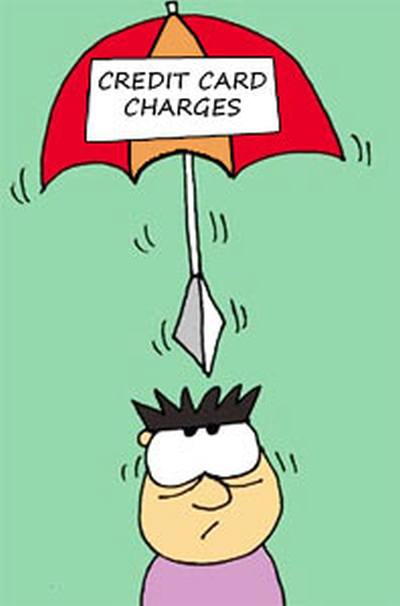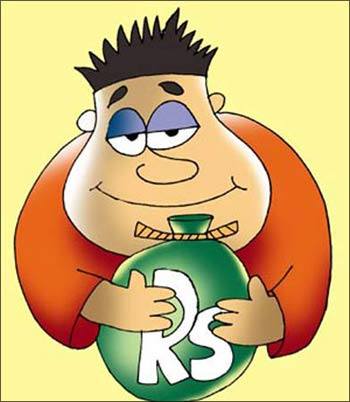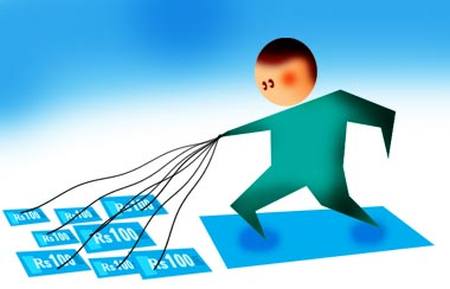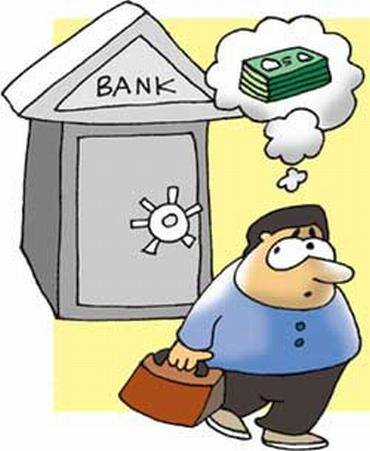
The statement contains a lot of crucial information. Ignoring it can sometimes be perilous and may land you in deep financial trouble.
Getting a credit card statement is a monthly ritual if you have one. But most cardholders choose to ignore these statements assuming that a text message from the bank about the amount to be paid is sufficient information.
However, just being unaware of the information in the credit statements can sometimes be perilous and may land you in deep financial trouble in case of some tampering with your account.
A case in point being: You may be ignoring some wrong charges inadvertently levied by your bank or you may be ignoring the change in address, which can be the first step of an identity theft.
Whatever be the case, it makes sense to read through the credit card statement. Here is how you should read one.
The author is a credit expert with 10 years of experience in personal finance and consumer banking industry and another 7 years in credit bureau sector. Rajiv was instrumental in setting up India's first credit bureau, Credit Information Bureau (India) Limited (CIBIL). He has also worked with Citibank, Canara Bank, HDFC Bank, IDBI Bank and Experian in various capacities.

Check the credit card number and other demographic information such as your address, email ID, phone number mentioned on your credit card statement. If there are any mistakes, notify the bank immediately to rectify it.
Then you come across credit-related information. Credit limit and available credit limit are two different things.
While former talks about the maximum the bank is allowing you to spend on your credit card, latter indicates, how much more you can spend, that is -- the difference between the credit limit and the amount of money you have already spent.
Your income profile decides how much credit limit is offered to you.
As you establish good repayment record and your income rises, bankers are comfortable offering you more credit limit.
If you spend less on your credit card, you have the cushion of high available credit limit that can come in handy in times of emergencies.

Banks also mention separately about cash advance limit.
This is a sub-limit in the credit limit.
This is the money you can withdraw from a teller machine using your credit card.
However cash withdrawals on credit cards come with a steep one-time charge, which can be in the range of 2.5 per cent to 3 per cent. The interest on this too accrues immediately.
So, better use cash withdrawal facility in extreme situations.

Then you come to two important dates.
First, is the statement date -- the date on which the credit card statement is generated.
Second, is the due date. This is the date by which you have to pay your bank.

Minimum amount due and total amount due is another area where most are confused.
Total amount due is the money you have spent on your credit card.
Minimum amount due is a percentage of total amount of due, say 5 per cent, that the bank expects you to pay before due date.
If you choose to pay minimum amount due, you are opting for credit offered at a very high rate of interest -- 36 per cent to 42 per cent per year.
The bank charges you this rate of interest on the unpaid amount.
Your available credit limit for the next month accordingly goes down.
All your subsequent purchases are charged interest from the date of purchase.
In simple words, you start paying more than what you actually spent.
If you fail to pay even minimum amount due before due date, bank treats it as a default and levies late payment charges too.
So, always pay the total amount due before due date.
It also keeps your CIBIL score in good shape.

For your benefit, you should run through the list of transactions that follows these vital statistics.
If you come across some discrepancy, it is better to inform the bank. If you are using a cash back credit card do check if all eligible transactions for cash back are recorded for cash back in the statement.
Also check reward points accrued to you. Some banks also notify important messages such as changes in charges, interest rates and new rules at the bottom of the credit card statement.
Following these instructions will be enough to keep you safe in case of any misrepresentation of facts or tampering with your account.
Click on MORE to see another feature...